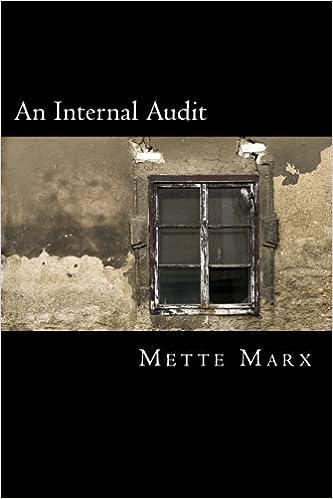Answered step by step
Verified Expert Solution
Question
1 Approved Answer
Answers is given in the third picture. Please explain each question and correct option.(also explain the incorrect option(why it is not the correct answer) if



Answers is given in the third picture. Please explain each question and correct option.(also explain the incorrect option(why it is not the correct answer) if you can.)
SECTION A: MULTI-CHOICE QUESTIONS (2 MARKS EACH) Decide which option from a, b, c, d ore is correct. Circle your choice of answer on the answer sheet provided at the end of this section. 1. The principle that assumes the reader of the financial statements is not interested in the liquidation values is: a conservatism b. matching c. time period d. realization e. none of the answers are correct 2. Understating expenses is justified based on: a. time period assumption b. conservatism assumption c. materiality assumption d. matching assumption e. none of the answers are correct 3. Which of the following statements is not true? a. A qualified opinion or an adverse opinion may bring into question the reliability of the financial statements. b. A disclaimer of opinion indicates that one should not look to the auditor's report as an indication of the reliability of the statements. c. In some cases, outside accountants are associated with financial statements when they have performed less than an audit. d. A review is substantially less in scope than an examination in accordance with generally accepted auditing statements. e. The accountant's report expresses an opinion on reviewed financial statements. 4. Tiffin Company had retained earnings of $50,000 at the end of last year. For the current year, net income was $20,000 and dividends $15,000. What is the balance in retained earnings at the end of the current year? a $85,000 b. $45,000 c. $55,000 d. $60,000 e. none of the answers are correct 5. Which of the following is not a common earnings management strategy? a. increasing income techniques b. big bath theory c. income smoothing d. income shifting e. minimum disclosure requirements 6. Managers have a variety of incentives to exercise their accounting discretion to achieve certain objectives. Which of the following statements is incorrect? a. managers may make accounting decisions to meet certain contractual obligations in their debt covenants b. managers' compensation and job security are often tied to reported profits c. managers may make accounting decisions to influence investor perceptions in corporate control contests d. because managers do not have perfect foresight, actual defaults are likely to be different from estimates e managers may make accounting decisions to influence the perceptions of capital markets 7. The going concern assumption: a. is applicable to all financial statements b. primarily involves periodic income measurement c. allows for the statements to be prepared under generally accepted accounting principles d. requires that accounting procedures be the same from period to period e, none of the answers are correct 8. The realization principle leads accountants to usually recognize revenue at: a. the end of production b. during production c. the receipt of cash d. the point of sale e. none of the answers are correct 9. Who is responsible for the preparation and integrity of financial statements? a. a cost accountant b. management c. an auditor d. a bookkeeper e. the AASB 10. In terms of debits and credits, which of the following accounts have the same normal balances? a accounts payable, accounts receivable, notes payable b. dividends, accounts receivable, notes payable c. advertising expense, selling expense, accounts receivable d. land, building, accounts payable e. common stock, notes payable, land 11. Steps in the process of business analysis are: a. business strategy analysis, accounting analysis, financial analysis, credit analysis b. business strategy analysis, accounting analysis, financial analysis, securities analysis c. credit analysis, securities analysis, business strategy analysis, financial analysis d. credit analysis, securities analysis, business strategy analysis, accounting analysis e. business strategy analysis, accounting analysis, financial analysis, prospective analysis Multi-Choice Questions 1. 2Step by Step Solution
There are 3 Steps involved in it
Step: 1

Get Instant Access to Expert-Tailored Solutions
See step-by-step solutions with expert insights and AI powered tools for academic success
Step: 2

Step: 3

Ace Your Homework with AI
Get the answers you need in no time with our AI-driven, step-by-step assistance
Get Started


